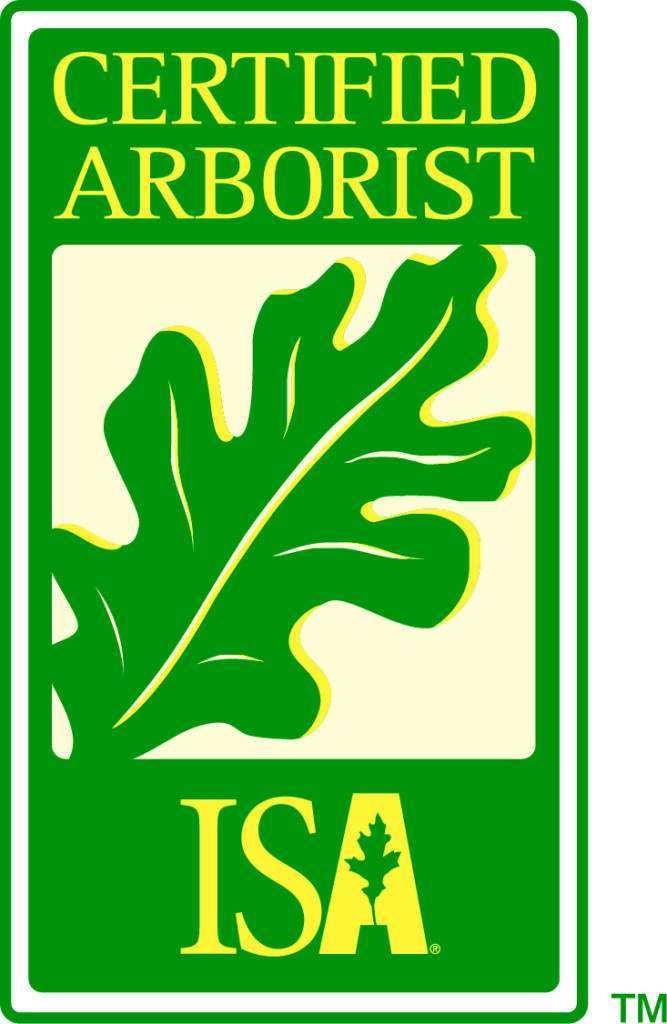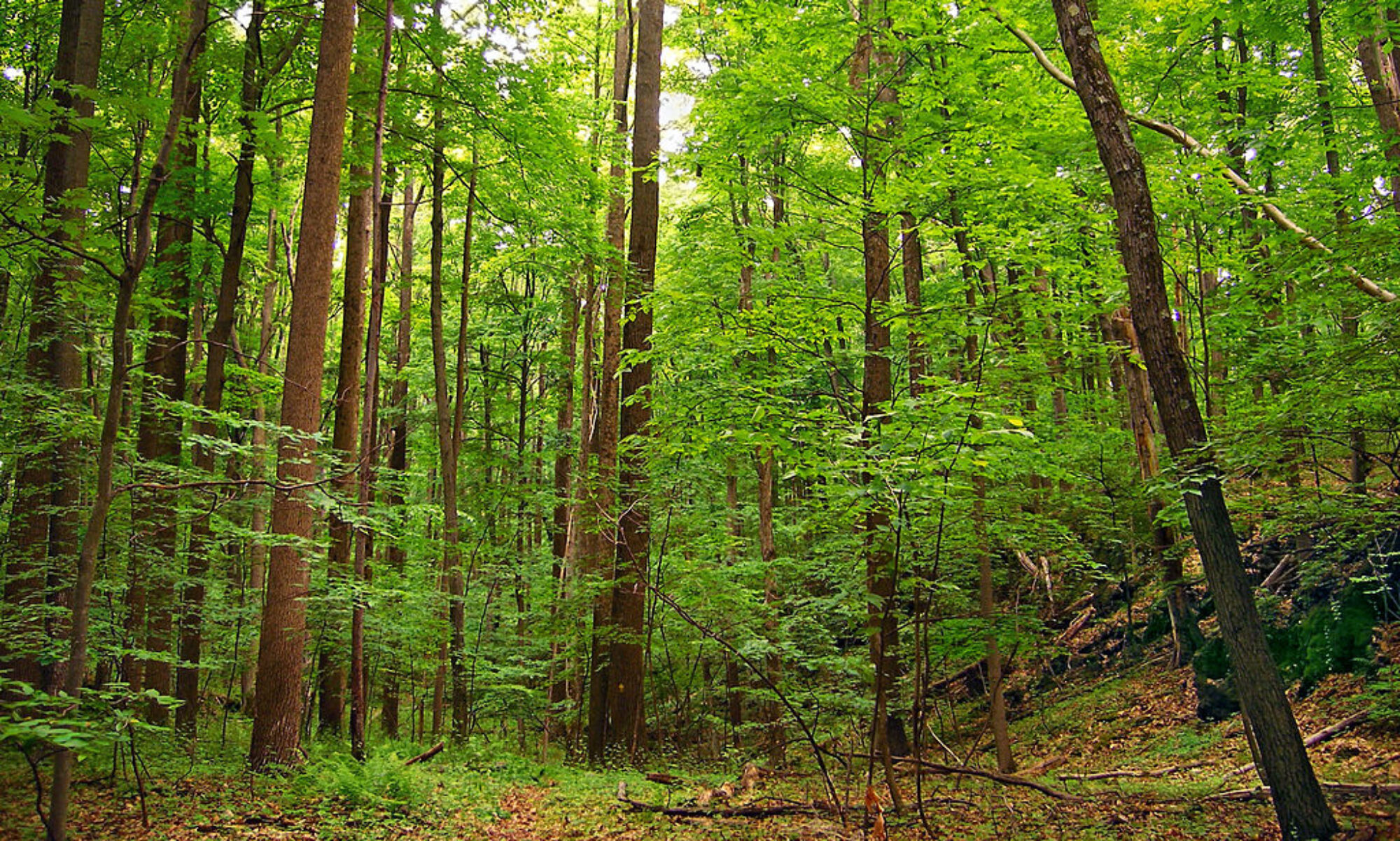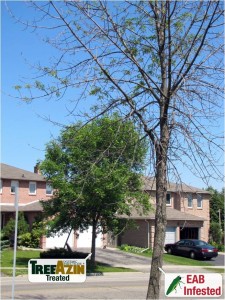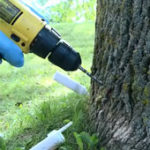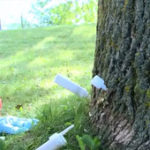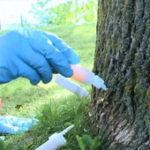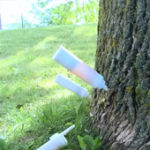Heritage Forestry over a decade of experience treating and saving Ash trees from Emerald Ash Borer.
Call Heritage Forestry for a free consultation and quotation for saving your valued trees.
What kind of damage can a small green bug do?
The emera ld ash borer was first found in Detroit in 2002. Since then it has annihilated ash trees in every direction.
ld ash borer was first found in Detroit in 2002. Since then it has annihilated ash trees in every direction.
As context, Dutch Elm disease killed an estimated 200 million Elm trees. The USDA Forestry Service estimates 7.5 billion Ash trees in North America are facing a similar fate due to Emerald Ash Borer.
In Toronto, 800,000 trees are dying, and the beetle arrived in Northumberland County in 2013. It’s like Dutch Elm disease all over again, but potentially far worse.
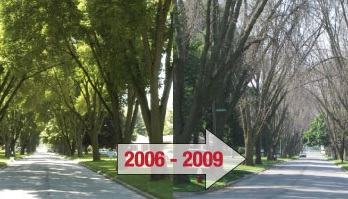
What kind of trees does Emerald Ash Borer attack?
- In North America, EAB attacks and kills all 16 species of ash (Fraxinus spp.), native and exotic.
- Six native ashes are valuable commercial species, while the others are important in communities as integral parts of rural and urban landscapes.
- The mountain ash (Sorbus spp.) is not related to ash trees and EAB does not attack it.
- EAB attacks healthy and unhealthy ash of any size, in woodlots and urban environments.
How to Identify an Ash Tree
“True” Ash tree species (Fraxinus spp.):
- are typically medium to large trees
- feature compound leaves, typically having 7 to 9 leaflets
- produce Paddle-shaped seeds
Mountain Ash trees (Sorbus spp.) are not True Ash trees
- Small trees or bushes
- Compound leaves, typically having 13 to 17 leaflets
- Clusters of red berries in Fall
EAB only attacks and kills True Ash trees (Fraxinus spp.)
What are the signs and symptoms of Emerald Ash Borer?
Signs and symptoms are indicators of EAB attack.
- A sign is physical damage to a tree resulting from EAB attack:
- S-shaped larval gallery
- D-shaped beetle exit hole
- Feeding notch in the leaf
A symptom is a tree’s response to being attacked by EAB:
- Dead branches
- Bark cracks
- Heavy seeding
- Canopy thinning
- Premature yellowing of foliage
- Woodpecker and squirrel feeding
- Epicormic shoots on main stem and/or major canopy branches
Similar signs and symptoms can be caused by other pests and/or stresses.
What can be done?
Treatment with the systemic insecticide TreeAzin, is the most effective and safest way of saving our ash trees.
Heritage Forestry has years of experience saving municipal, county, and privately owned ash trees. We work closely with landowners to help educate and promote the healthy maintenance of these quickly disappearing native trees. We are an authorized service provider for BioForest, makers of the industry standard for EAB control, TreeAzin.
How is TreeAzin® applied?
TreeAzin is injected under a tree’s bark, directly into the conductive tissues, and moves upwards with the flow of water and nutrients.
BioForest has developed the EcoJect System, a tree microinjection system for the application of systemic pesticides into high value trees (US Patent 7,114,289).
With the EcoJect System:
- Canisters are loaded with TreeAzin and sealed under pressure.
- Small injection holes (15/64″) are drilled into the tree (3/4 – 1″).
- Nozzles are inserted and secured in the injections holes.
- TreeAzin loaded canisters are mated with the nozzles, beginning the injection.
- TreeAzin is formulated to inject quickly into ash (avg. 15 – 30 min. / tree) and translocates rapidly throughout the tree (approx. 48 hrs).
- The TreeAzin dosage and number of injection sites per tree depends on the insect being controlled and on the health and size of the ash tree.
Call Heritage Forestry today for a free consultation and quotation.
![]() 905.349.2193
905.349.2193![]() todd@heritageforestry.ca
todd@heritageforestry.ca
Authorized Service Provider
